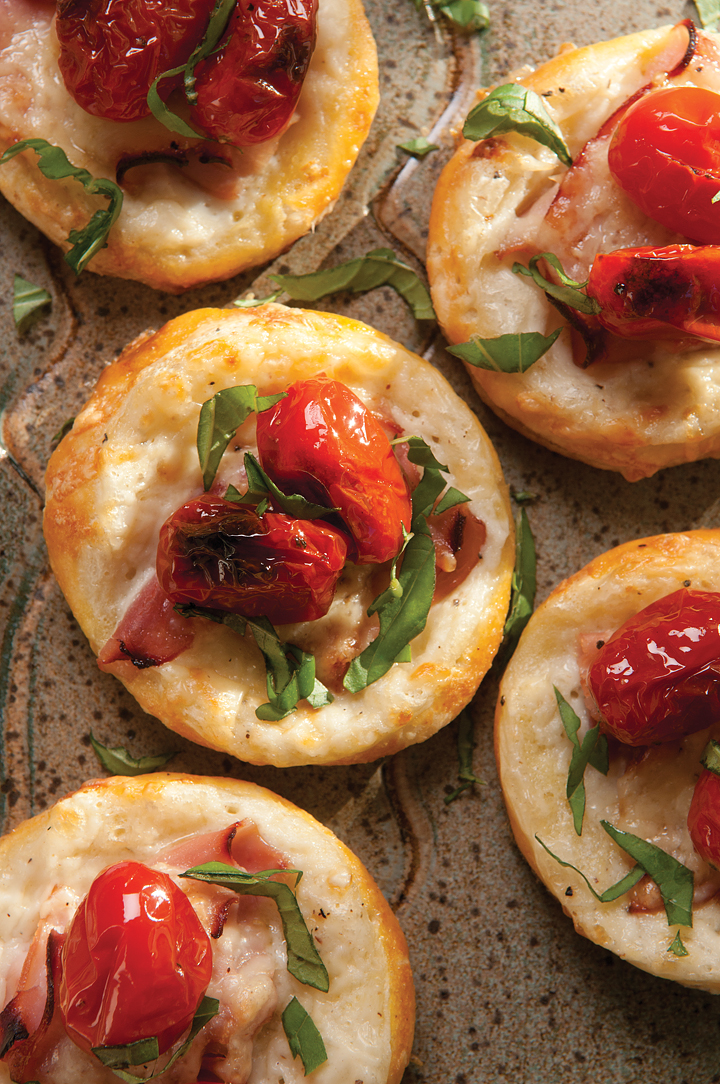Many of the world’s most ingrained New Year’s rituals revolve around feasting on menus packed with purposeful items. Just as language varies from culture to culture, so do the particulars of these customary dishes.
Despite the varying flavor profiles, the end goal for sharing this sustenance is the same. Each of these edible traditions is said to symbolize prosperity, longevity, and all around forward motion for the coming year. But whether it’s stretched, stringy noodles representing endurance or succulent, fatty pork implying that happiness lies ahead, the beauty flourishes in the fact that food brings people together.
Time to table these tasty traditions. Here are eight of the most common New Year’s eats from around the world.
American South
When it comes to welcoming the New Year, the American South knows how to fix a banquet chock-full of tradition. These folks line their tables with familiar favorites all said to have special meaning. When it comes to Lowcountry cuisine, various folklore traces these foods back to African and West Indian civilizations.
First up is the Hoppin’ John, a dish full of superstitious symbolism. It includes pork-scented field or black-eyed peas that, because of their resemblance to coins, are believed to invite good fortune and humility. The same story goes for the cooked leafy greens, like kale, collards, or cabbage, which all bear resemblance to dollar bills.
Every meal needs a centerpiece, so Southerners break out tender, salty pork in all seasonings and sizes. Thanks to its high fat content, ham is served as a way to ring in a rich New Year filled with joy. The pig’s rotund shape is also emblematic of success and progress.
What better way to sop up all those savory drippings than buttery cornbread? This starch — beaming with a likeness to bright, shiny gold — is the Southern staple that rounds out this fortune-filled feast.
Spain
In Spain, la Vispera de Año Nuevo (New Year’s Eve) celebrations come to a close with a quick round of midnight grapes. Emphasis on “quick” as one of 12 grapes is popped into the mouth following each stroke as the clock tolls midnight. This ceremonial custom has been in place for well over 100 years and began as a way for winemakers in the Alicante region to use up excess grapes.
Just as Americans gather in Times Square, Spaniards head to Puerta del Sol in Madrid, gathering at the front of the clock tower to anxiously await midnight’s chime. Grapes are recognized as a forecast of the year to come, and each individual round signifies a good month. Pros recommend pre-seeding and peeling the grapes for easier one-per-second chowing. But be mindful of which grapes present a bitter flavor. Sour bites stand for sour months.
Italy
La Festa di San Silvestro is how Italy brings in the New Year with a bang. The celebration that takes place at Piazza del Popolo in Rome includes fireworks but, as with most Italian get-togethers, food steals the starring role. Lentils — which have been eaten since the Roman times — are the focal point. An abundance of these miniature seeds signifies an excess of riches for the upcoming year. The legumes are often paired with a cotechino, a large spiced sausage, or a zampone, a dried and cured stuffed pig’s trotter with spicy ground up pork — which Italians, like Southerners, believe predicts a fruitful year ahead.
Japan
In Japanese households, families customarily honor the current year’s passing by devouring a big bowl of buckwheat noodles as the clock strikes 12. But the midnight snack should be slurped with caution. Breaking the noodles is considered bad juju. In this practice, which dates back to the 17th century, each strand symbolizes an extensive, prosperous life so the lengthier, the better. As the Japanese honor this occasion one mouthful at a time, they refer to this dish as toshikoshi-udon, which means “from one year to another.”
The Netherlands
In many regions, reveling in the New Year with ring-shaped foods represents coming full circle. The Dutch nosh on donuts, while in Denmark and Norway kransekage is the creation of choice. This decorated wreath cake is composed of marzipan, a sweet confection made with almond meal, and layered in concentric rings.
Hidden Treasures
Though not always in circular form, a handful of other cultures also celebrate with cake. However, it’s what’s on the inside that counts, with hidden treasures being a routine holiday habit. The Greeks stick surprises in their scrumptious coffee-scented Vasilopita, and the French in their rich, creamy gateau. Mexicans tuck trinkets in their fruit-dotted Rosca de Reyes, and Bulgarians in their flaky banitsa. Whoever discovers the buried knick-knack (typically a gold coin or plastic figurine) is said to merit a flourishing fate.
No matter what is used to welcome the New Year, whether it’s chomping Hoppin’ John or sifting for surprises in layers of pastry, the real purpose is to rejoice in life, love, and tasty traditions that bring everyone to the table.




